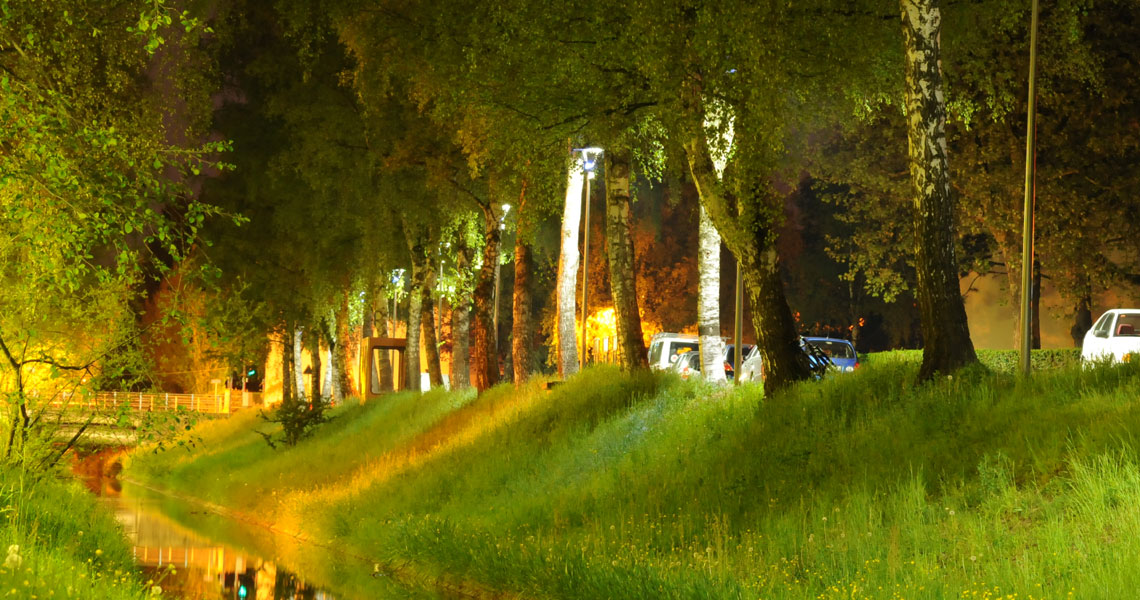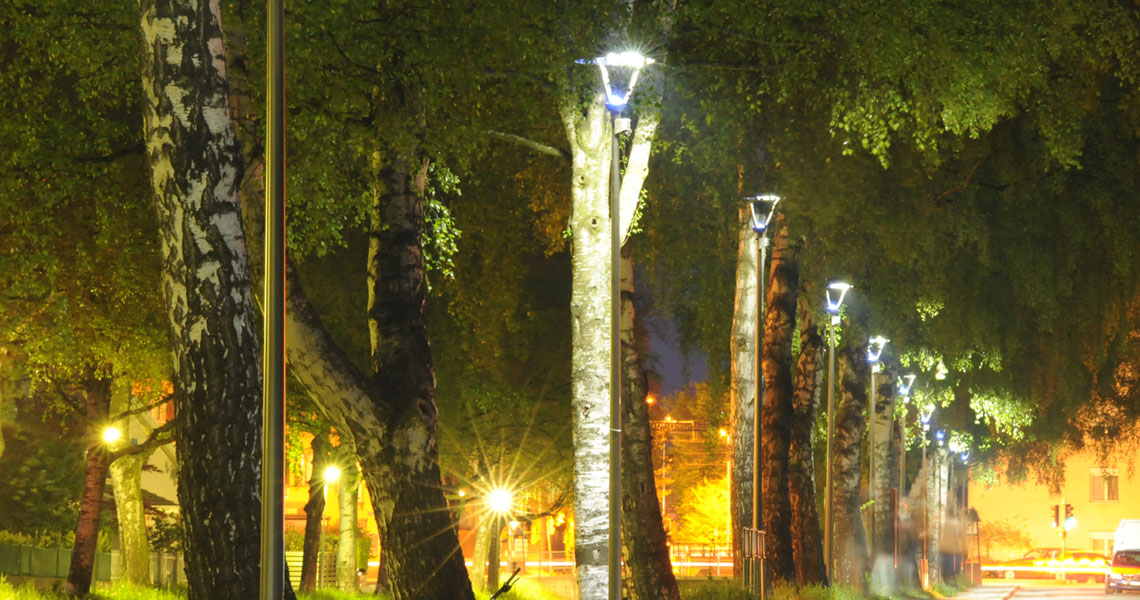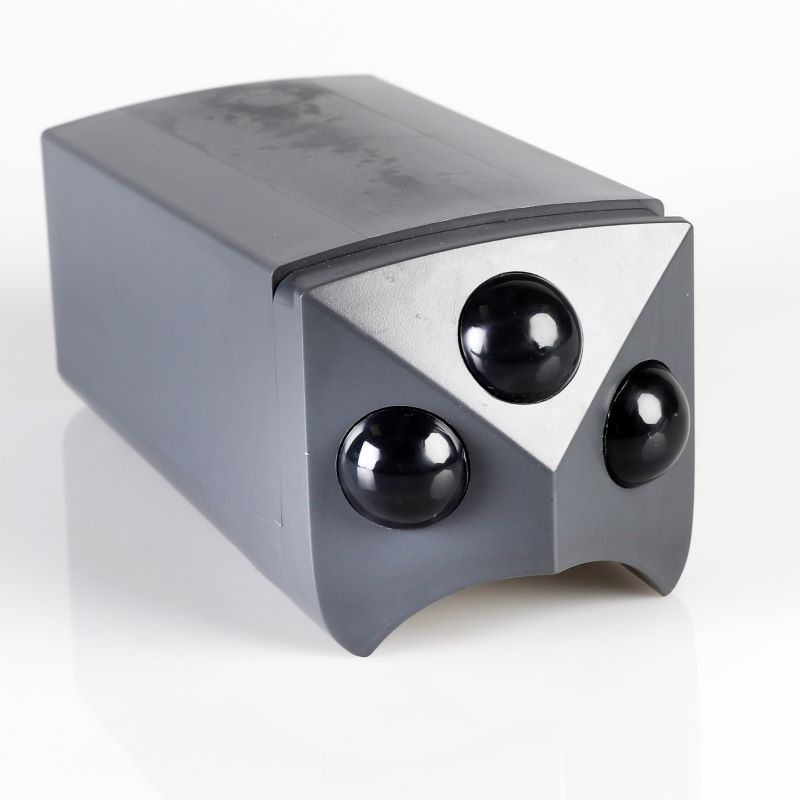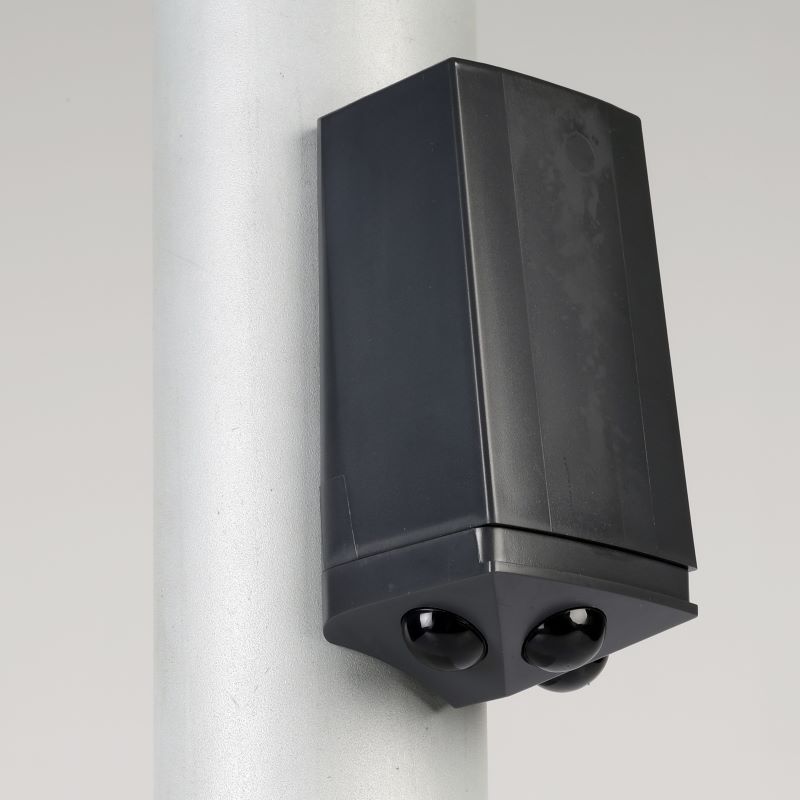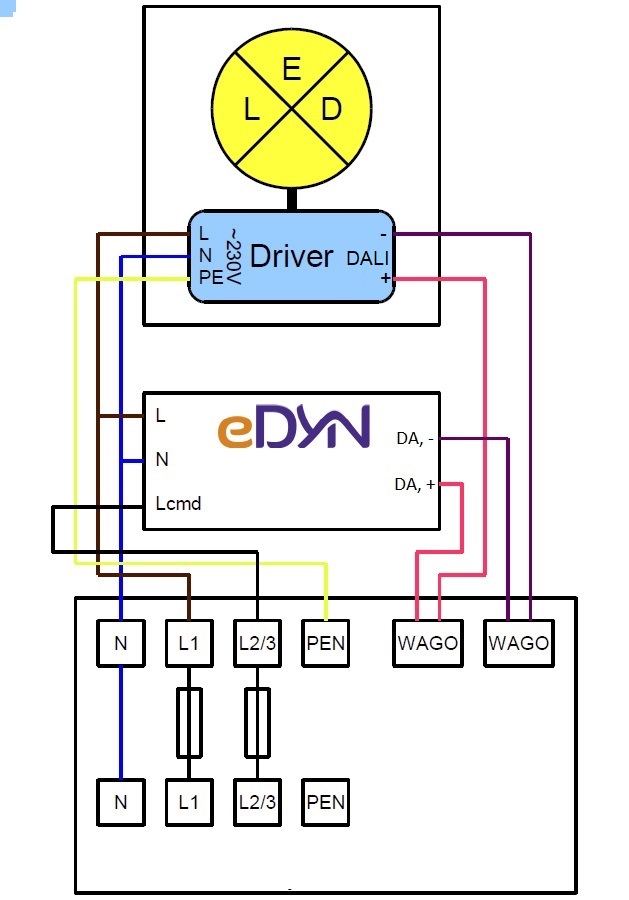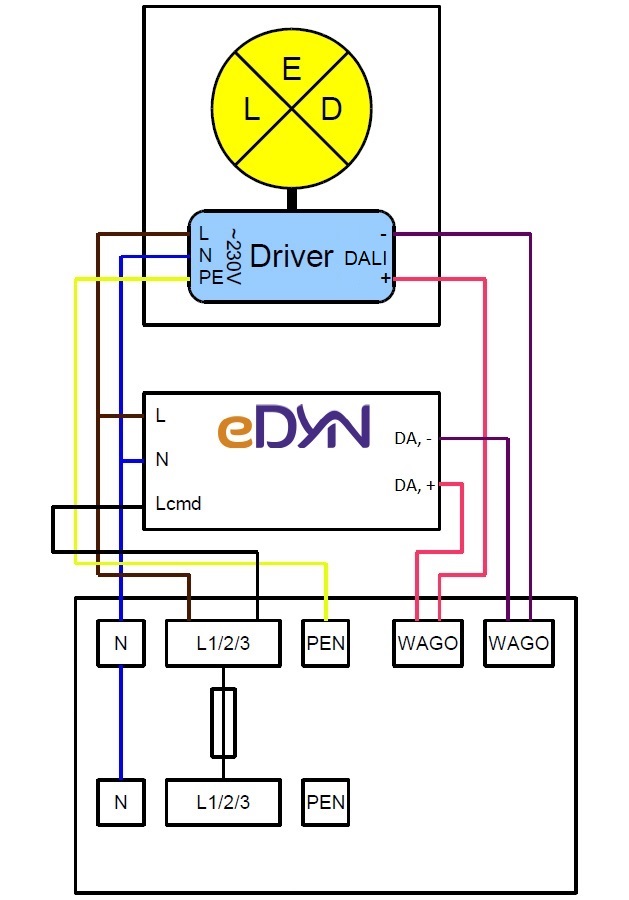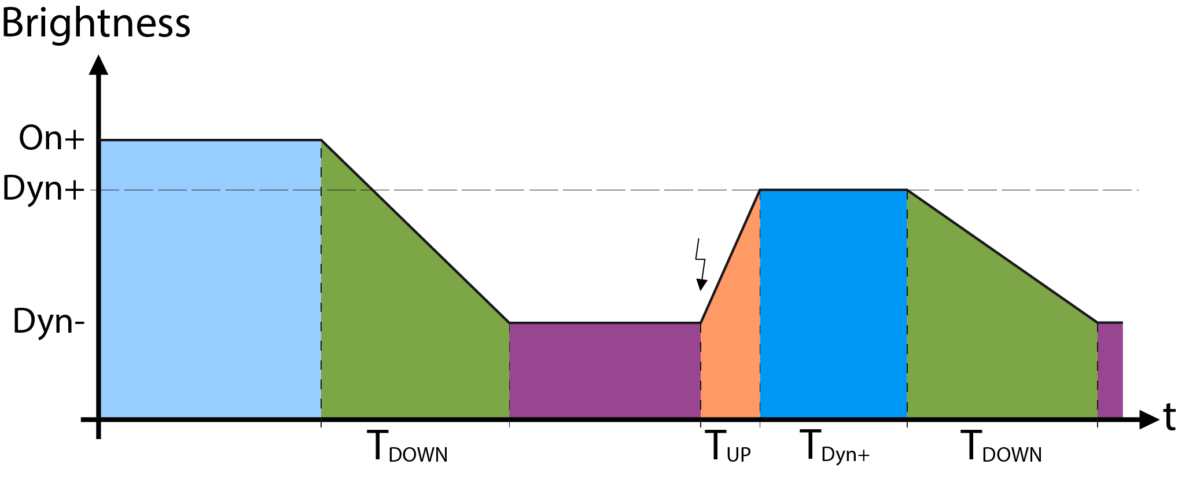Street-lighting intensity controller for decreasing energy consumption by motion detection
Dynamic lighting – Operation
Street lighting is one of the major components of energy consumption in cities. The autonomous dynamic lighting solution for the residential areas of towns and cities aims to cut electricity consumption and reduce light pollution. The adaptive dynamic lighting controllers optimize street light intensity: if there is no activity in the street the lighting is in reduced mode and once pedestrians or cyclists pass in front, the lighting is increased according to their progress.
Rapid installation and maintenance-free
eDyn is easily-fitted to existing lighting. A hole is pierced to pass the cables from eDyn to the LED driver inside the light. The unit is secured by magnets and (optional) straps. The unit is completely waterproof and uses three high-quality Japanese passive infrared sensors.
The environmental benefits
- Electricity consumption reduction by up to 60% compared to fixed-intensity LED lighting
- Enables 0% (full-cut) off both with DALI and 0-10V lighting
- At least 50% electricity savings by dynamic light level control compared to fixed-intensity LED light sources
- 90% conservation of original light fitting when used as a retrofit to existing installations
The financial benefits
- 4-year average return on investment
- 400 kWh average energy savings per dynamic LED light source during lifetime (10 year) compared to normal LED source


